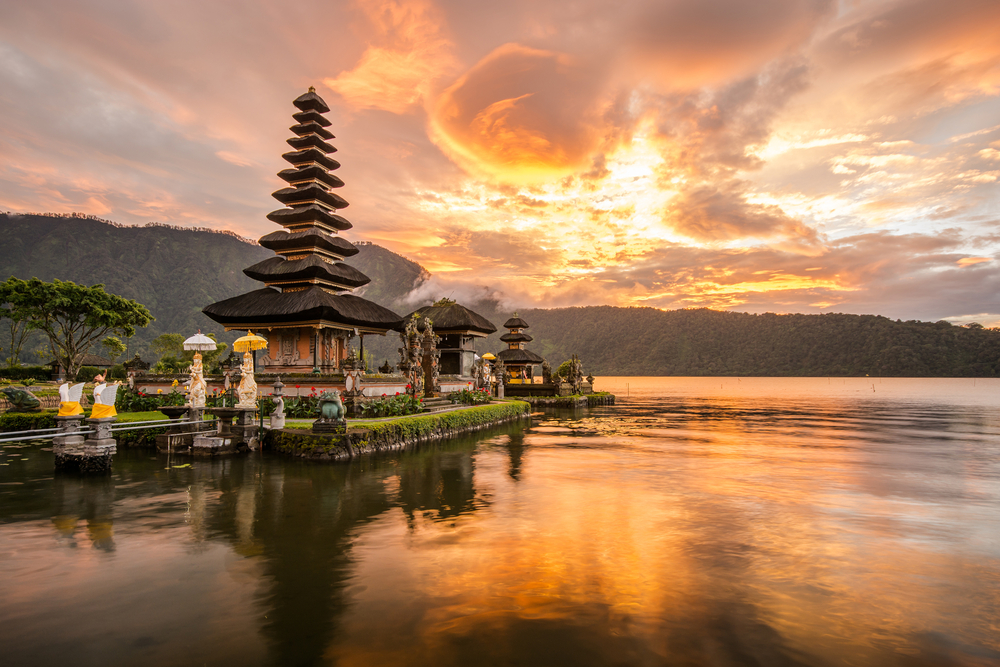By Alexandra Gandolfo
The human response to death is varied, complex and emotionally engaging. Here are samples of customs from around the world.
Indonesia
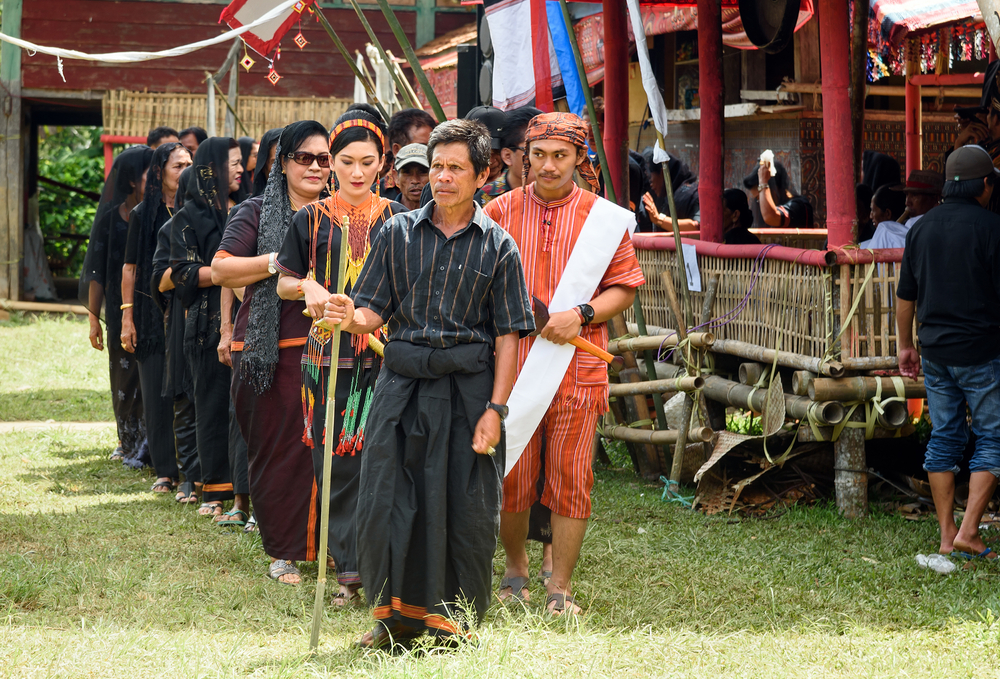
On the Indonesian island Sulawesi, the Torajan people honor their dead in the religious tradition of Aluk To Dolo (Way of the Ancestors). For the Torajan, death is less a grinding-to-a-halt end, so much as a gentle sway out of the realm of the living. To be buried too quickly, to a Torajan, would be more painful than the actual passing of the individual. So when a relative dies, the body is treated in a mixture of water and formaldehyde called formalin that eventually causes the corpse to mummify. The mummified body stays in the family house until all relatives can be gathered. During this period, friends of the family stop to pay their respects, and family members feed and care for the deceased as though he is still alive. Funerals are considered bigger than weddings, bigger than any other social gathering, and everyone should be present, so it can take quite some time to organize. Once everyone is assembled, a party-like atmosphere takes over. Finally, the individual can be taken to his grave, carried on the shoulders of young male relatives. Over time, Torajans will revisit the graves of their deceased and disinter them, providing fresh clothes and time to ask for blessings or advice and to connect once more with the person who has passed.
Tibet
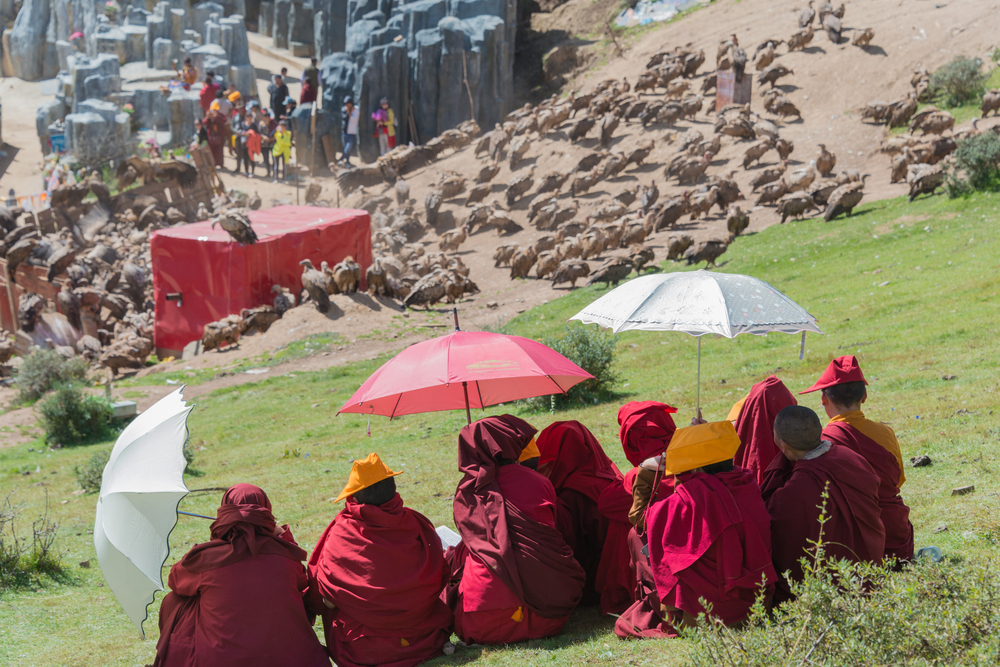
For the tribes of Tibet, the Buddhist practice of jhator—also known as sky burial–is practical as it is spiritual. In the mountains where they live, the ground is often frozen and wood is scarce, making burial or cremation difficult. Also, as Buddhists, Tibetans believe in reincarnation and that once your body fails you, your soul departs and your body is ready to be given back to the earth. Tibetans offer up their dead to the sacred dakinis, or vultures. To the Tibetans, dakinis are angels that are responsible for taking the souls of their loved ones to heaven, consuming their flesh in the process. First family members and a Buddhist monk known as a lama mourn the deceased by chanting prayers for two days. Afterward, the rogyapa or “body breakers” break the spine of the dead so it is easier to fold him into a carrying position. They then transport the body on their backs or on the back of a yak to a designated range. Family accompanies the body along the way, often singing, beating ceremonial drums and burning juniper to lure the dakinis. Once they reach the final resting place, the body is laid facedown, cut apart by the rogyapa and tossed to the waiting vultures. For the Tibetans, it is more important to rejoin the circle of life than it is to cherish the body in ritual, and having one’s flesh being fully and swiftly devoured by the dakinis is a good omen for the next life.
United States
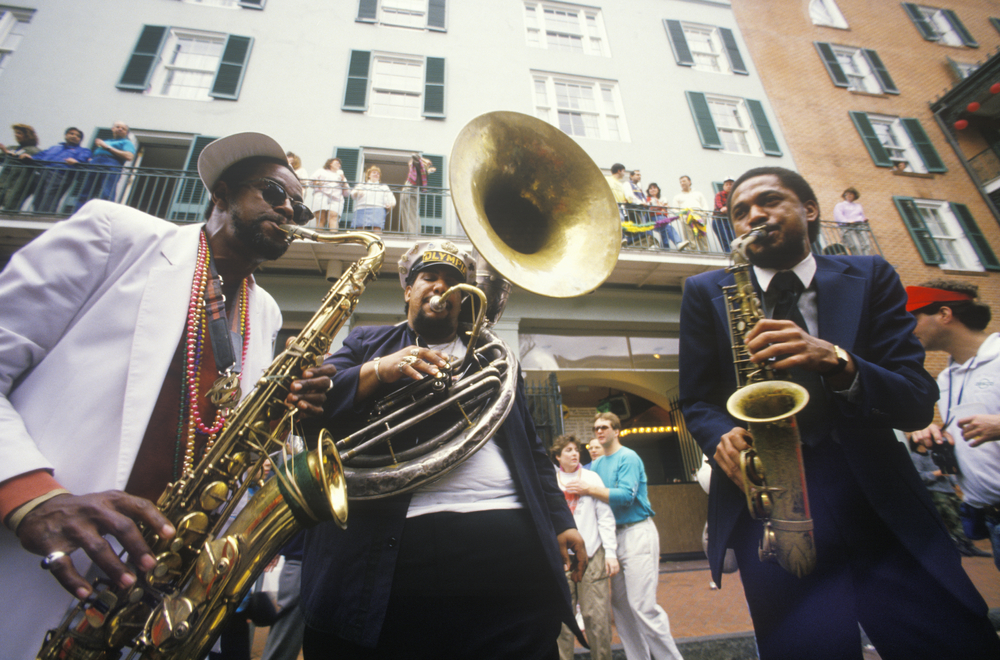
Another group of people who, like the Torajans, create a party-like atmosphere following the death of a loved one are those in New Orleans. Jazz funerals originated as a blend of European tradition that uses brass bands to honor the death of a military person and the beliefs of the Nigerian Yoruba tribe that death is meant to be a celebration of life passing into the beyond. At the end of the 19th century, with the onset of the jazz era, African-Americans adopted the brass band into the funeral processions of important members of the musical community. The “first line” is comprised of the band and typically plays somber religious hymns on the way to the burial, and the “second line,” the family and friends of the loved one, marches behind. After the burial, the band usually plays something enjoyed by the deceased and other generally more cheerful music as family and friends follow, usually wearing parasols and large hats to block the sun. Many bring handkerchiefs to use in sadness and later to wave in celebration.
Australia
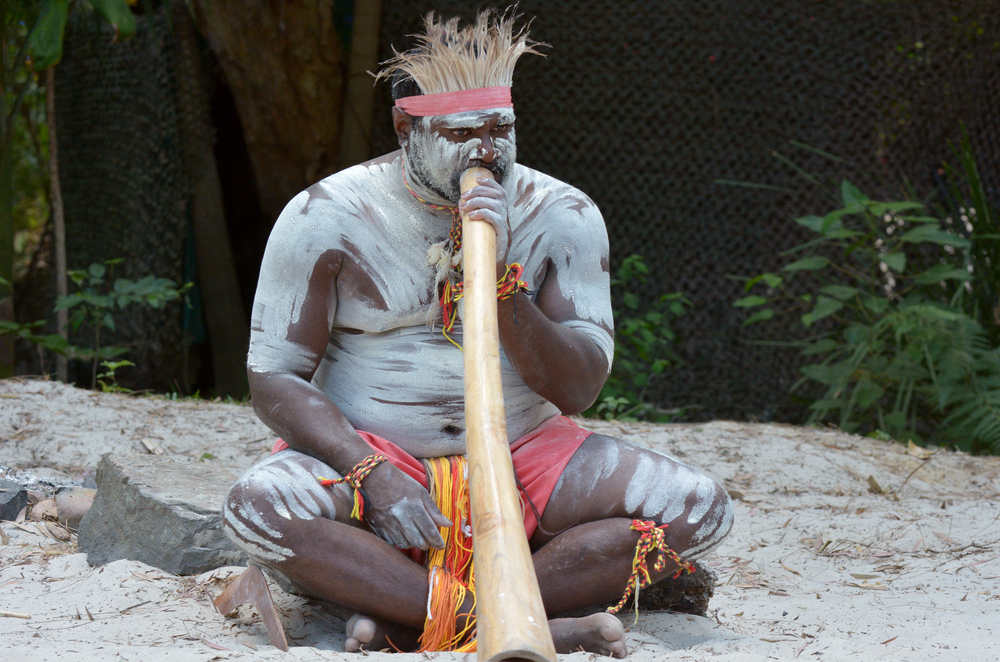
For Aboriginal people of northern Australia, the mourning period is typically marked by tribe members painting themselves white and inflicting wounds upon themselves to reflect their distress that a loved one has passed on. This mourning period can last several weeks to several months. Wailing songs, chants and ceremonial dances are performed to scare away any spirits that view this as a time to prey upon the living. The burial itself takes place in two parts. During first burial, the dead are laid upon a raised wooden platform with their belongings and covered in brush, where they are left to the elements until nothing but their skeleton remain. Tribe members are not allowed to speak the name of the deceased from this point on, as a sign of respect for the individual and out of deference to the grieving family. News reports and obituaries are asked not to name the deceased and must find some other way of identifying them. Some tribe members who share a name with the deceased will even go so far as to change theirs. This has led Aboriginal parents today to make an extra effort to name their children uniquely. The family is also often restricted from speaking at all for the length of the mourning period. Once the body has fully deteriorated and the ceremonies are finished, the bones are gathered, painted with ochre and scattered across the earth. Some tribes put the bones into tree trunks, others cremate them and disperse the ashes across the land, and some put them in a pouch to be worn by family.
ABOUT THE AUTHOR
A graduate student at Emerson College, Alexandra Gandolfo is equal parts literature, black coffee and bagels. Follow her on Twitter @ally_cat_g.


Photographs from Shutterstock
